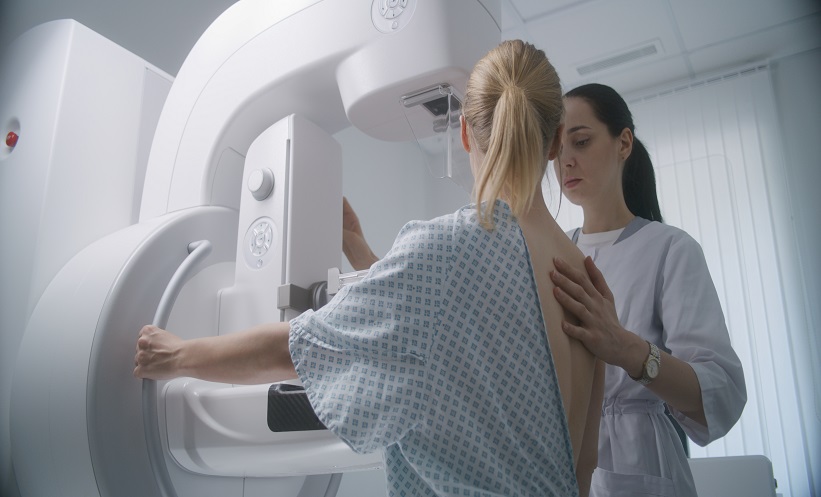BREAST cancer screening is crucial for early detection, especially in women with a family history of the disease. As digital breast tomosynthesis (DBT) becomes more widely adopted, its clinical value compared to traditional digital mammography (DM) in this higher-risk group is of particular interest. A recent large-scale study involving over 200,000 women has provided new insights into the comparative performance of these two screening methods. Notably, DBT was associated with a lower recall rate and higher specificity, suggesting it may reduce unnecessary follow-ups and improve diagnostic confidence.
This comparative cohort study analysed data from 208,945 women aged 18 and over with a self-reported family history of breast cancer, undergoing a total of 502,357 screening examinations between 2011 and 2018 across facilities linked to the US-based Breast Cancer Surveillance Consortium. Participants received either DBT or DM, with breast cancer outcomes monitored for one year post-screening. The study used inverse probability of treatment weighting to adjust for confounding factors, and examined results by family history category, breast density, age group, screening interval, and screening round.
Analysis revealed significant adjusted absolute risk differences (ARDs) favouring DBT. Overall, DBT reduced recall rates by 1.51% (95% CI: −2.42%–−0.59%) and improved specificity by 1.56% (95% CI: 0.65%–2.46%). For women with one first-degree relative affected by breast cancer, recall rates dropped by 1.72% and specificity improved by 1.75%. In women with extremely dense breasts, DBT was linked with a lower rate of advanced cancers (ARD −0.61 per 1000 examinations) and a higher biopsy rate (ARD 0.48%). DBT also detected more early-stage, invasive cancers with favourable prognostic features compared to DM.
These findings suggest that DBT offers clinical advantages over DM in women with a family history of breast cancer, especially those with dense breast tissue or a first-degree relative with the disease. However, the study’s observational design may limit causality claims, and follow-up was limited to one year. Nonetheless, the evidence supports incorporating DBT into routine screening for higher-risk populations, potentially improving early detection and reducing overtreatment.
Reference
Li T et al. Tomosynthesis vs Digital Mammography Screening in Women with a Family History of Breast Cancer. JAMA Oncol. 2025;DOI: 10.1001/jamaoncol.2025.1209.








